 New Delhi [India], Sept 13 (ANI): Hailing Russia as India's largest investment destination in the oil and gas sector, Union Minister Dharmendra Pradhan on Thursday said that Moscow will always be a priority in New Delhi's foreign and energy policy. Speaking at a conference titled 'India-Russia in the 21st Century: Enhancing the Special Privileged Strategic Partnership' here, Pradhan said: "I believe that our time-tested relationship has no expiry date. Russia will always be a priority in India's foreign and energy policy and both our countries will remain as a role model for global communities."
New Delhi [India], Sept 13 (ANI): Hailing Russia as India's largest investment destination in the oil and gas sector, Union Minister Dharmendra Pradhan on Thursday said that Moscow will always be a priority in New Delhi's foreign and energy policy. Speaking at a conference titled 'India-Russia in the 21st Century: Enhancing the Special Privileged Strategic Partnership' here, Pradhan said: "I believe that our time-tested relationship has no expiry date. Russia will always be a priority in India's foreign and energy policy and both our countries will remain as a role model for global communities."
He told ANI on the sidelines of the conference that Prime Minister Narendra Modi and Russian President Vladimir Putin share a "deep friendship" and that the two countries have built an 'energy bridge' between themselves. "Prime Minister Modi and Russian President Vladimir Putin share a deep friendship and respect for each other which is beyond the business and diplomatic relations. Today Russia is the closest friend," he noted.

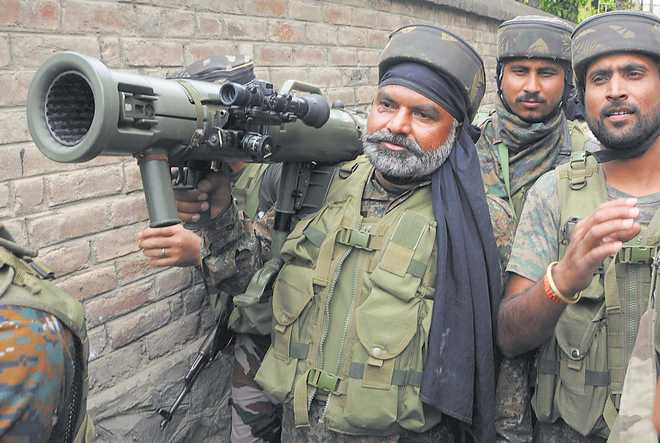

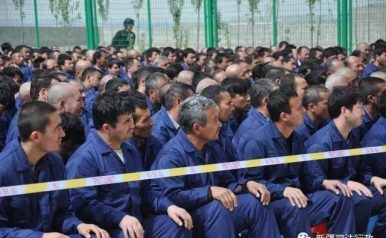
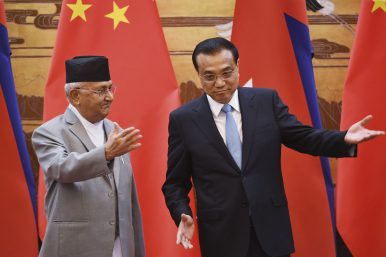
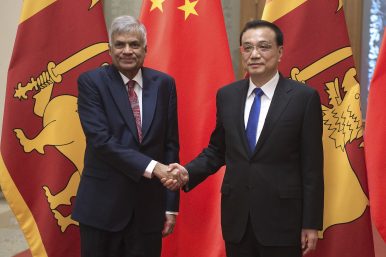

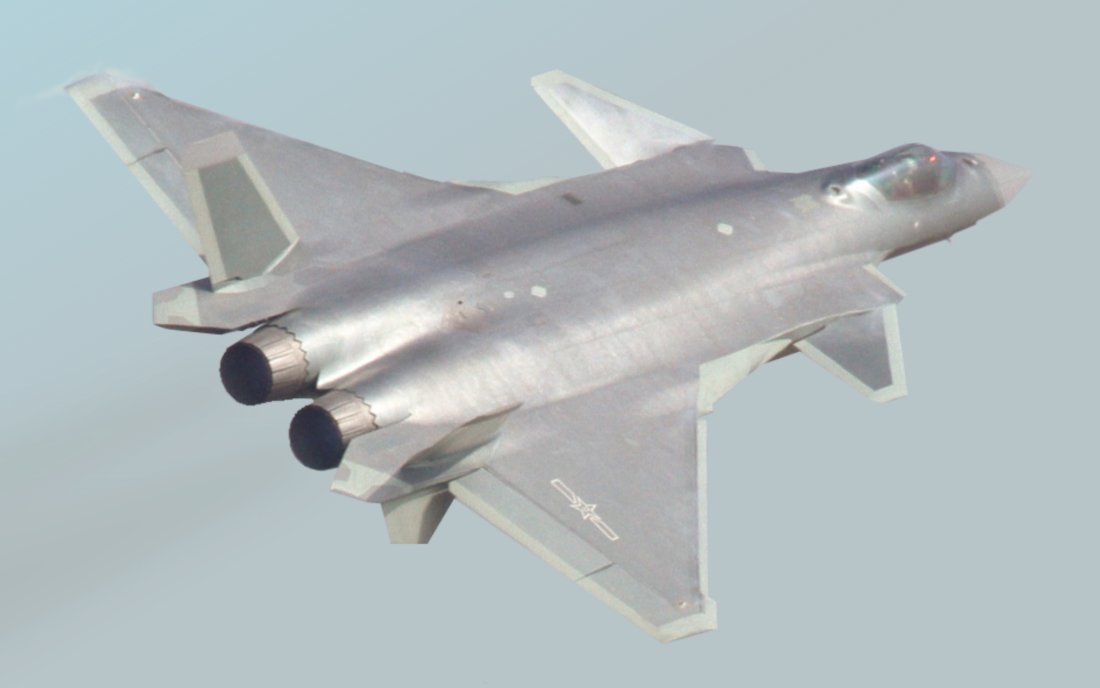


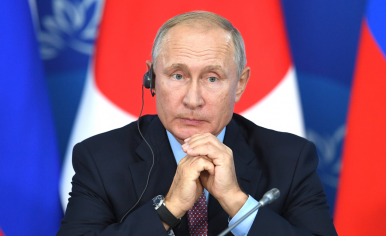

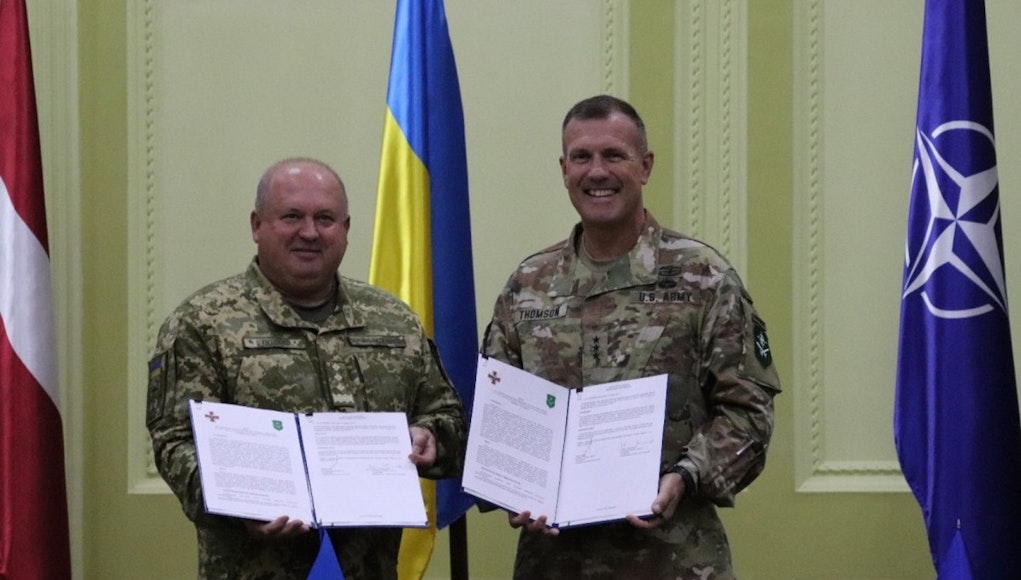



/arc-anglerfish-arc2-prod-mco.s3.amazonaws.com/public/RJHXWN4RAZA6BA4ZGWC4GWABRE.jpg)

